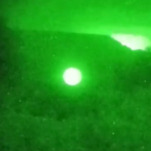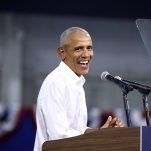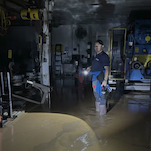Snowden-style whistleblower leaks documents detailing how America's drone program has worked
The Intercept says it has obtained documents from an Edward Snowden-style “source within the intelligence community” showing how America’s drone program has worked.
The documents show officials acknowledging that the electronic surveillance used in “more than half” the intelligence gathered to hunt down drone assassination targets is often “poor” and “limited,” the Intercept’s Jeremy Scahill writes. He says they also indicate that the U.S. government “masks the true number of civilians killed in drone strikes by categorizing unidentified people killed in a strike as enemies, even if they were not the intended targets.”
The principal documents show details of America’s drone campaigns in Somalia and Yemen as it existed between 2011 and 2013. They show how the chain of command for deciding targets worked during the period, though Scahill writes the procedure is still mostly in place today.
-

-

-

-

-

-

-

-

-

-

-

-

-

-

-

-

-

-

-

-

-

-

-

-

-

-

-

-

-

-

-

-

-

-

-

-

-

-

-

-

-

-

-

-

-

-

-

-

-

-

-

-

-

-

-

-

-

-

-

-

-

-

-

-

-

-

-

-

-

-

-

-

-

-

-

-

-

-

-

-

-

-

-

-

-

-

-

-

-

-

-

-

-

-

-

-

-

-

-

-

-

-

-

-

-

-

-

-












































































































